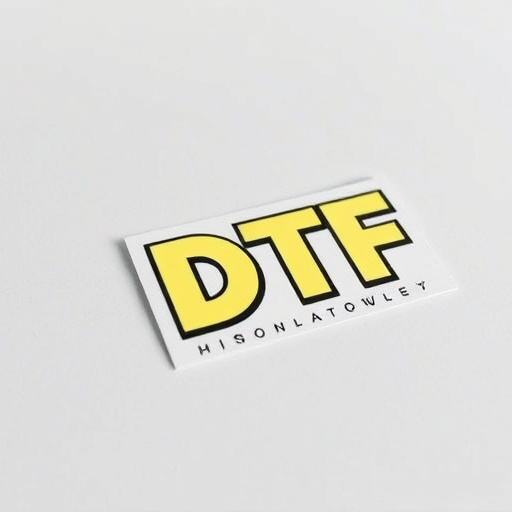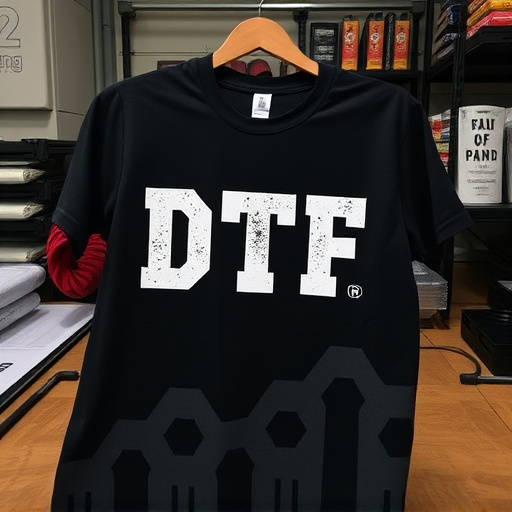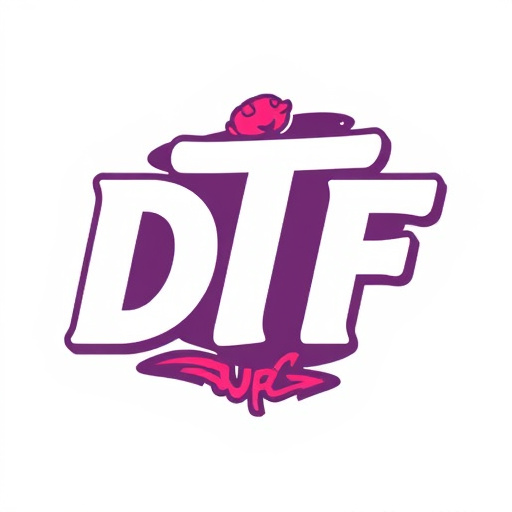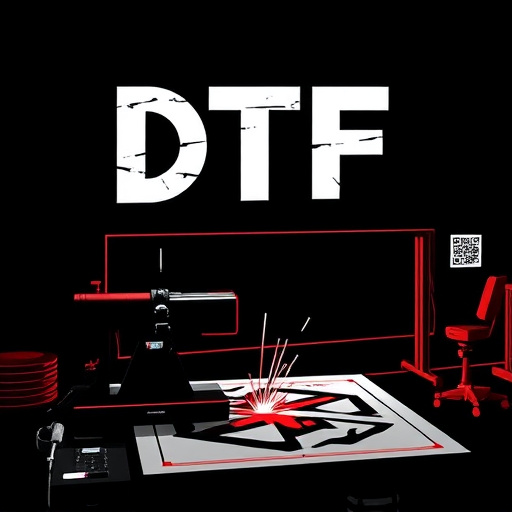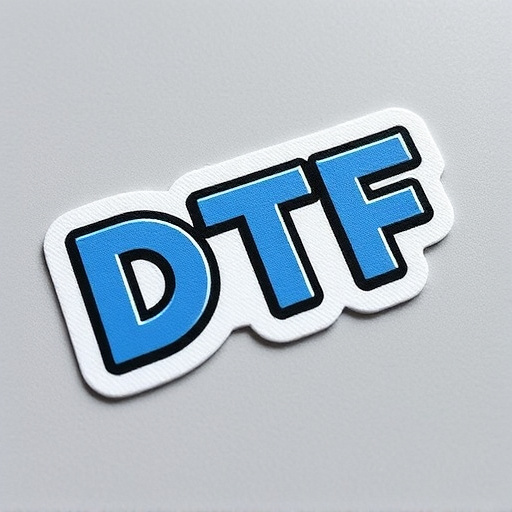DTF (Direct-to-Film) print sheets offer a cutting-edge solution for creating high-quality prints on diverse materials, but challenges like misalignment, poor print quality, and online ordering issues can arise. To achieve optimal results, inspect DTF transfers for discrepancies, verify ink and fabric compatibility, maintain print machines, monitor ink levels, and address common problems like improper alignment and file preparation issues. If basic troubleshooting fails, experienced DTF printing services can provide advanced solutions through calibration, specialized software, and connectivity fixes.
Experience print issues with DTF (Direct to Film) print sheets? This comprehensive guide is your solution. We’ll walk you through understanding DTF print sheets and troubleshooting common problems, from misalignments and color shifts to ink bleeding and paper jams. By the end, you’ll have the tools to identify and fix most DTF printing challenges. For persistent issues, explore advanced solutions tailored for expert users.
- Understanding DTF Print Sheets and Common Issues
- Step-by-Step Troubleshooting Guide
- Advanced Solutions for Persistent Problems
Understanding DTF Print Sheets and Common Issues

DTF (Direct-to-Film) print sheets offer a cutting-edge solution for creating high-quality prints and designs on various materials, from clothing to promotional items. This innovative technology has streamlined the printing process, making it accessible to businesses and individuals alike. However, like any printing method, DTF is not immune to occasional issues. Understanding these common problems is the first step in ensuring optimal results.
One of the frequent challenges users face is misalignment during the printing process, resulting in distorted or off-center designs on the final product. This can be attributed to improper calibration of the heat press machine or slight variations in the positioning of the DTF sheet. Another issue is related to the quality of the print itself; poor image resolution or inconsistent color accuracy may occur due to settings adjustments or using subpar printing materials. Moreover, some users might encounter difficulties with online ordering platforms for DTF sheets, including delays in delivery or concerns regarding the authenticity of the products, especially when opting for third-party vendors.
Step-by-Step Troubleshooting Guide
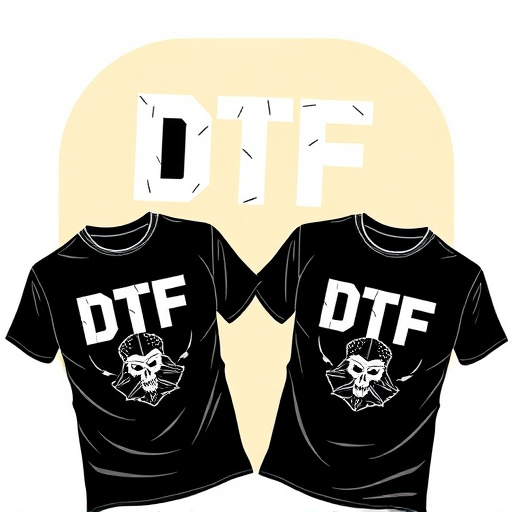
When encountering print issues with DTF (Direct to Fabric) print sheets, a systematic approach is key. Start by examining the DTF logo transfers for any visible discrepancies or missing elements. Ensure the design is properly aligned and centered on the sheet; even a slight misalignment can lead to off-center prints. Next, check the quality of the DTF design transfers: pixelated or blurry images often indicate a need to adjust settings or resolution.
Proceed by verifying the ink and fabric compatibility; using the wrong combination can cause fading or misprint. Test on a small swatch first if uncertain. If the problem persists, inspect your print machine for any blockages or dirty nozzles, as these common issues can significantly impact print quality. Remember to clean or replace print heads as recommended by the manufacturer. For vibrant designs that lose their color intensity, check the ink levels and ensure proper mixing; a balanced color profile is crucial for rich, accurate prints.
Advanced Solutions for Persistent Problems
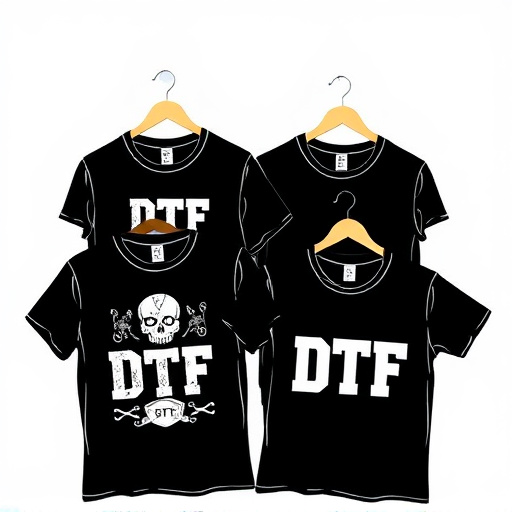
If basic troubleshooting steps haven’t resolved your DTF print issues, it’s time to explore more advanced solutions. Persistent problems could be indicative of underlying technical challenges or misconfigurations specific to DTF Print Sheets. One common issue might be improper dtf transfer film alignment, which can lead to distorted prints. Ensuring the film is correctly positioned and secured within the printing apparatus is crucial. Another potential hurdle involves file preparation; issues with dtf file preparation, such as incorrect resolution or format compatibility, can hinder print quality.
Seeking assistance from experienced DTF printing services can be beneficial when dealing with complex problems. They have the expertise to analyze and troubleshoot unique challenges related to DTF Print Sheets. Advanced techniques may include calibrating printers for optimal performance, utilizing specialized software for enhanced precision, or addressing connectivity issues ensuring a stable link between design software and printing hardware.
In conclusion, troubleshooting print issues with DTF Print Sheets can be streamlined through a comprehensive understanding of these specialized materials and systematic approaches. By addressing common problems step-by-step, users can effectively resolve most challenges. For persistent issues, advanced solutions offer further guidance to ensure optimal printing outcomes with DTF Print Sheets.








